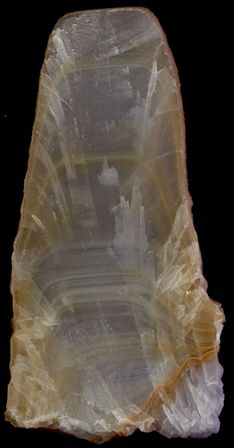
a. to establish reference isotopic profiles for various time-intervals during the last 0.5 Ma and for different regions of Romania;
b. to compare the profiles from various regions of Romania and to define the climatic or sedimentological constraints responsible for possible isotopical or paleomagnetic variations;
c. to achieve a cumulative profile and correlate it with other European regions/countries and to identify the regional paleocirculation trends;
d. to integrate various information (isotopic, paleomagnetic, paleontologic) in order to obtain a large-scale image on paleoclimate evolution and to validate the various proxies;
e. to ensure the functionality, the inter-calibration and the integration of the laboratories within the European research networks and to participate to Global Circulation Models projects;
f. to analyze the relationship between present-day climatic conditions (e.g. temperature, precipitation, atmospheric circulation) and the isotopic content of recently deposited calcite.
The specific objectives aim the study of several complex sites whose deposits may offer maximum of paleoclimatic information:
a. paleoclimatic significance of the fossil deposit from the Pestera cu Oase (Aninei Mountains); establishing (for the first time in SE Europe) of the timing of rapid climatic oscillations during MIS3, between Heinrich Events 5 and 4;
b. the study of the trace-elements from teeth of fossil mammals and Homo sapiens discovered in Pestera cu Oase and their paleoclimatic significance;
c. correlations between U-series datings and isotopic profiles from Closani Cave and paleomagnetic measurements on the same deposits; establishing the absolute timing for magnetic excursions and their significance;
d. rapid paleoclimatic oscillations during the Holocene based on the study of isotopic profiles and paleomagnetic properties of speleothems from in the Southern Carpathians.
